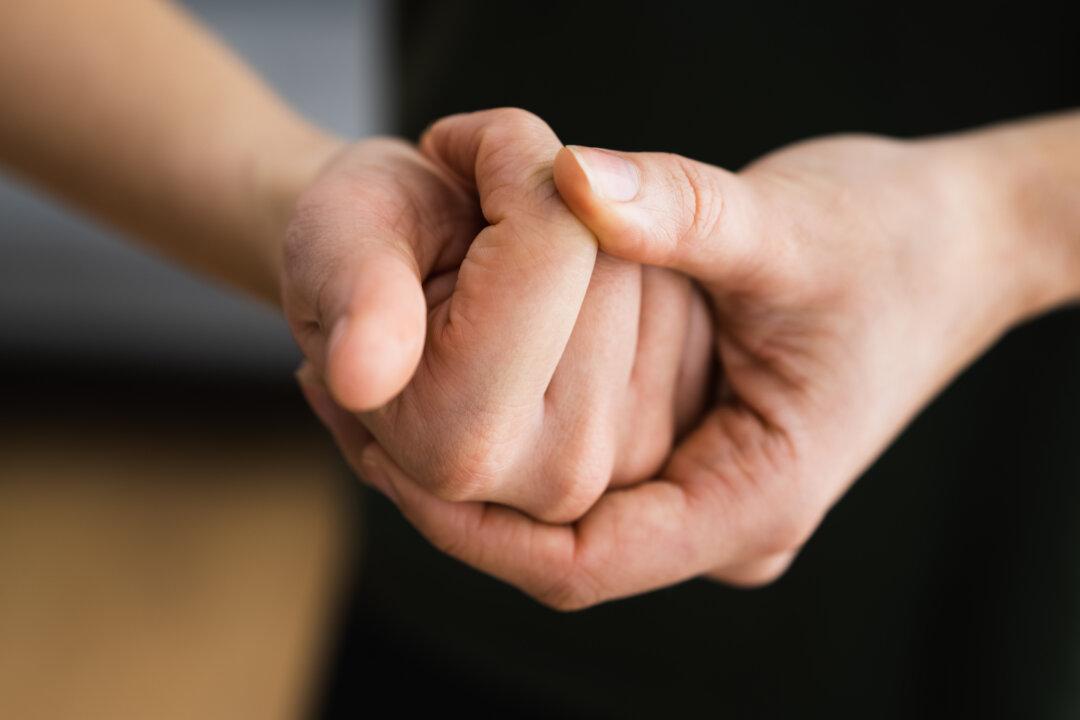Editor’s note: Rheumatoid arthritis is not a disease of the elderly. It mainly occurs between the ages of 30 and 50, and is prevalent in women. According to Dr. Sonosuke Yukawa, a Japanese rheumatologist who has treated more than 100,000 people, there is a chance to completely cure rheumatoid arthritis in its early stages. Therefore, early detection of the initial symptoms of rheumatism is of particular importance. If you want to go straight to the exercises, they are at the bottom of the article, but the preliminary tips and explanations preceding can benefit your usage of the exercises as well.
Don’t Miss the First Signs of Rheumatism
Rheumatoid arthritis is not a disease that exhibits sudden and serious symptoms.In the early stages, most people usually “just feel tired.” For this reason, it is important to detect and distinguish the first symptoms as much as possible.

